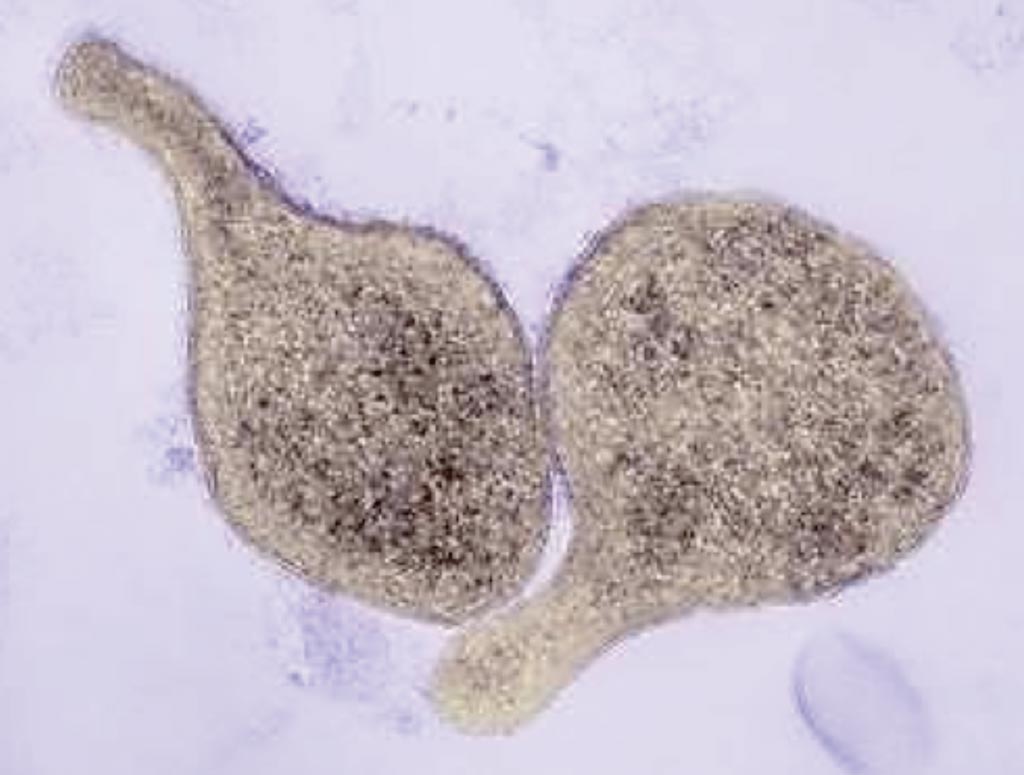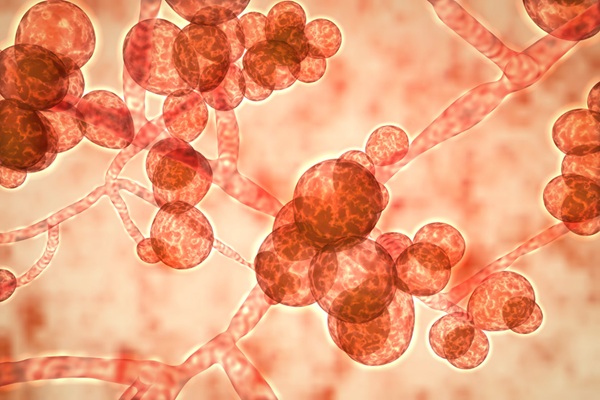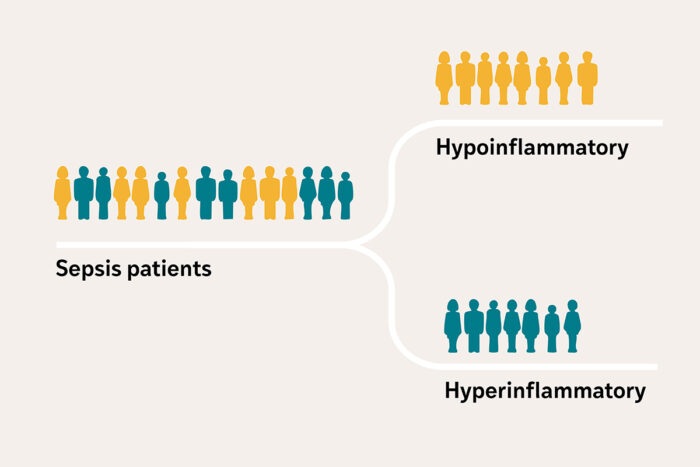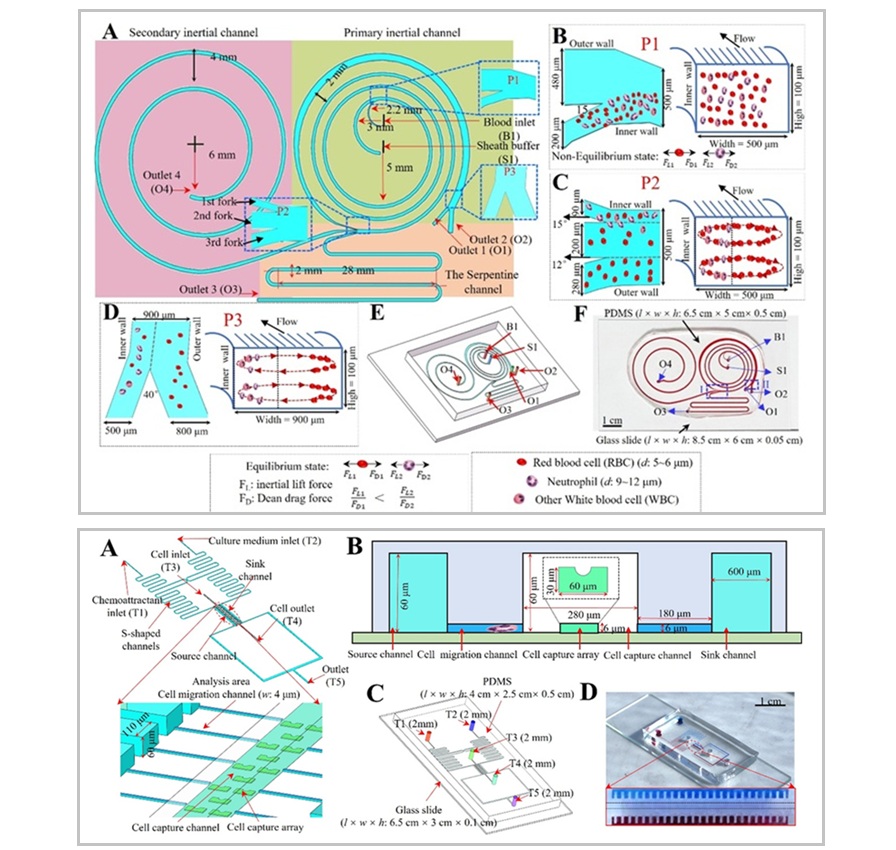Molecular Tests Available for Multiple STIs
By LabMedica International staff writers
Posted on 31 Jul 2018
Mycoplasma genitalium (MG) is a sexually transmitted, small and pathogenic bacterium that lives on the ciliated epithelial cells of the urinary and genital tracts in humans. It is spread through unprotected intercourse and is now becoming resistant to antibiotics.Posted on 31 Jul 2018
MG can present similar symptoms to chlamydia, which is the most common sexually transmitted infections (STI) in Australia, including a burning sensation when urinating and pain or bleeding during and after intercourse. Males may experience watery discharge from their penis. However, many patients are asymptomatic and do not know they are infected.

Image: A scanning electron micrograph (SEM) of Mycoplasma genitalium, which is a common cause of sexually transmitted infections, ranking only second to Chlamydia trachomatis in prevalence (Photo courtesy of Thomas Deerinck, NCMIR).
Most laboratories routinely test for chlamydia and gonorrhea, the two most pathogenic STIs, however Mycoplasma, Trichomonas and Ureaplasma are also STI infections, which can have health implications. AusDiagnostics (Mascot, Australia) a leading commercial supplier of highly multiplexed diagnostics to microbiology laboratories, currently sells a molecular test kit for all five STIs and is adding the common resistance genes found in Mycoplasma and gonorrhea in a new kit being validated at a hospital in Melbourne.
In a study performed at the hospital in Australia, samples that had previously been analyzed for chlamydia and gonorrhea were re-analyzed on the AusDiagnostics test kit. Three out of 72 were found to contain Mycoplasma genitalium and seven contained Ureaplasma urealyticum. This means that the traditional testing missed 14% of the STIs. Although the jury is still out on the severity of Ureaplasma in STI infections, this is still useful information for the treating doctor. In another study, four Trichomonas positives were found in 200 samples that had previously been declared free of STIs using tests that only measured chlamydia and gonorrhea.
Keith Stanley PhD, a professor and AusDiagnostics Managing Director, said, “It is important for doctors to test for a range of STIs to ensure that patients are treated for infections as early as possible. The advantage of a multiplex approach is that all the STI organisms and their resistance can be measured at one time from one sample instead of having to request a second test for resistance once a positive is found. This simplifies the laboratory work flow and reduces the chance of missing an important infection.”
Related Links:
AusDiagnostics













